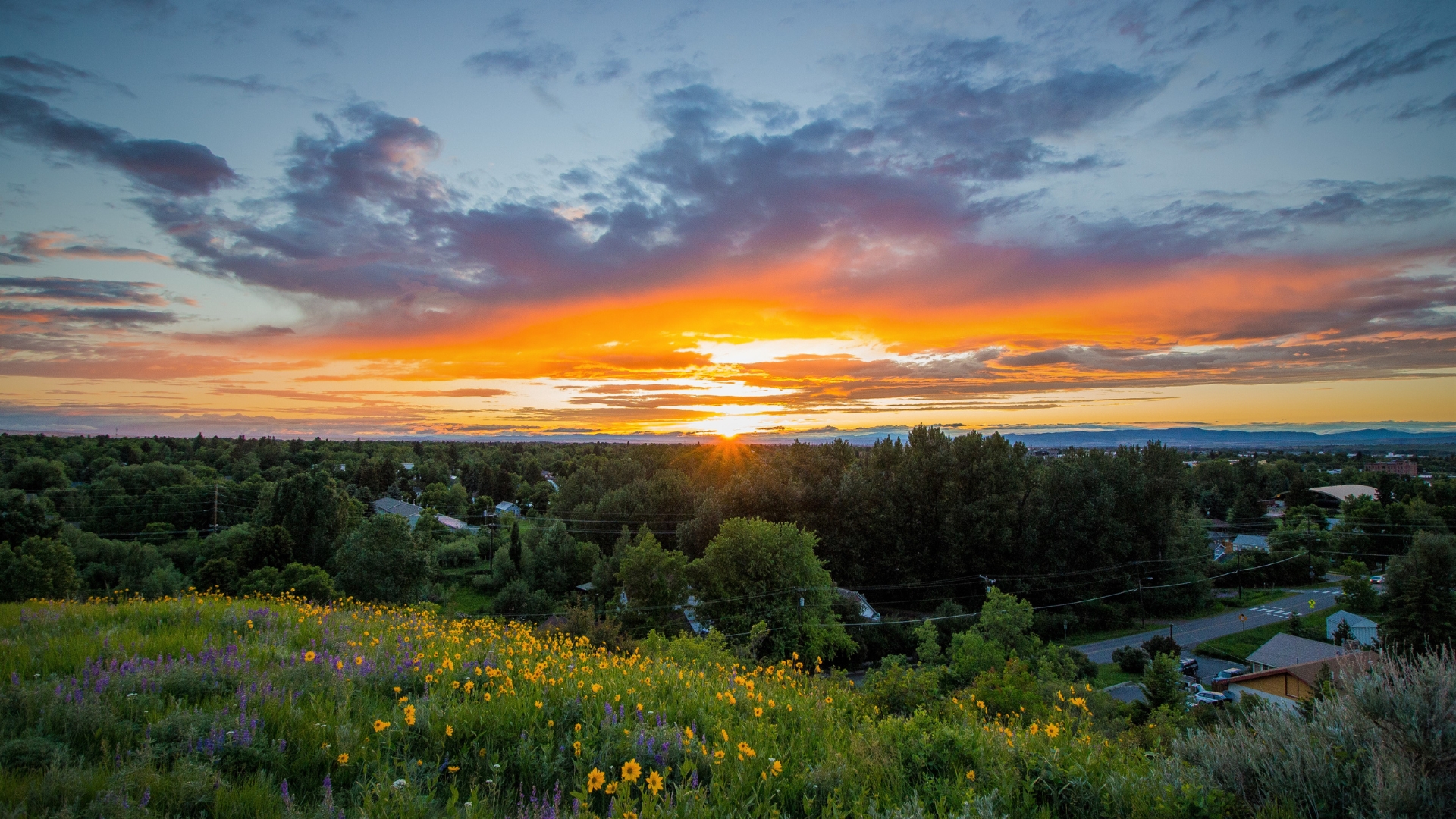By STEVE CHARTER
AND JOHN WICKS
Guest columnists
Our approach to managing the land begins from the ground up. The overall health of our soil translates directly into the productivity of our crops and the grass which feeds our animals. Healthy soils help us weather the dog days of summer, drought, and extreme weather events such as hail and floods. For us, investing in soil is like investing in an insurance policy.
Over the years, between us, we’ve carefully controlled grazing duration and stock density, applied compost, increased the diversity of plant species in our pastures, and planted cover crops on would be fallow ground. To be sure, these practices have required upfront investment, self-education, and research. Nevertheless, we’ve made these choices in our operations to increase soil fertility, build soil organic matter, reduce erosion, and save money normally spent on costly inputs.
At the end of the day, these practices have made it possible for us to continue farming and ranching in tough times.
Sixty of Montana’s 94 million acres are in agricultural production. These lands support a diversity of cropping systems including grains, pulses, and root crops such as sugar beets and potatoes as well as a robust livestock industry. While some ranchers in southwest Montana irrigate their hay and alfalfa, others in eastern Montana are grazing their livestock in completely different — and drier — circumstances. This diversity is a strength. It also makes it more challenging for an individual to know what steps to take to build and maintain soil health.
Montana lacks coordination across its soil health efforts. As a result, we have many isolated acts of soil health. These actions are being implemented by innovative farmers and ranchers who are applying one or more of the five soil health principles: cover the soil, minimize soil disturbance, maintain plant diversity, keep a living root, and integrate livestock. Some of these individuals — like each of us — have received support from a peer group, their local conservation district, or the Natural Resources Conservation Service. Unfortunately, others are feeling their way in the dark.
Healthy soils act like a sponge when the rain comes. And, during times of drought, healthy soils retain moisture longer than soil that has been depleted or eroded. According to the U.S. Drought Monitor, Montana has experienced moderate to exceptional drought at some point every year besides 2011-2012. Currently, 96% of Montana is abnormally dry, and 56% of the state is experiencing moderate drought. And, as of 2007 (the latest year data is available), Montana is losing an average of 6.4 tons of topsoil per acre every year due to erosion, compromising the future productivity of agriculture.
While water conservation and storage are of paramount importance in this arid state, building healthy soils leads to other benefits as well. For us, these have included weed suppression, healthier livestock, breaking up disease pathogens, and more forage to support grazing livestock. Also, our crops are able to access more nutrients. We have reaped the benefits of healthy soil and we want other farmers and ranchers to as well.
This is why we support Senate Bill 180. The soil health task force established by SB 180 will assess what Montana’s farmers and ranchers need to improve their soil and identify ways to increase coordination across efforts aimed at boosting farmer and rancher profitability, building a more resilient agricultural sector, and helping everyday producers like us. Whether you are a farmer or
rancher whose livelihood comes from the land, a consumer who puts Montana-raised meat or vegetables on your table, or somebody who values and appreciates clean water—you have a stake in soil. Please, ask your legislators to pass Senate Bill 180.
Steve Charter is a third generation rancher in Shepherd, Montana. John Wicks is a fourth generation far
Bozeman Daily Chronicle Guest Editorial 2/27/21

